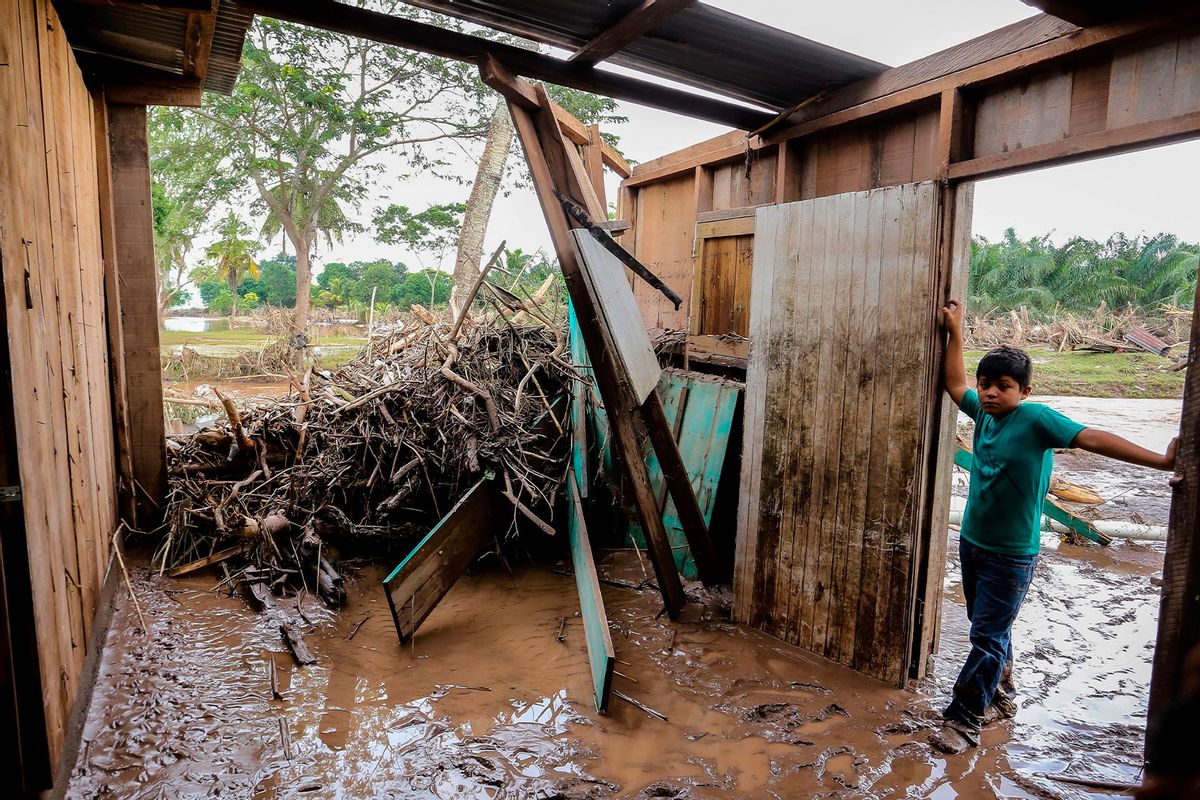A new report from the United Nations Children's Fund (UNICEF) revealed that more than 43 million children were displaced due to weather events — all of which were linked to climate change — in the years from 2016 to 2021. This amounts to roughly 20,000 child displacements every single day.
The climate change-linked weather events included storms and floods (which comprised 95 percent of the incidents), followed by droughts and wildfires. The trend existed as part of almost 135 million overall internal displacements during this same period. In absolute numbers, the three countries with the most child displacements were the Philippines, India and China. However the United States appeared on one notable list: It topped those nations for child displacements caused by wildfires, followed by Canada and Israel.
"The reality is that far more children are going to be impacted in [the] future, as the impacts of climate change continue to intensify,” Laura Healy, a migration specialist at UNICEF and one of the report’s authors, told the Associated Press. This is because, as humans continue to emit greenhouse gases that unnaturally warm the planet, extreme weather events both in isolation and combined will make it harder for humans to survive. Indeed, so-called compound drought and heatwaves (or CDHW events) are expected to happen roughly twice a year, each one lasting approximately 25 days, from eastern North America and the American southwest to eastern Africa, Central Asia and Central Europe. They occur when one extreme weather event triggers others, such as a heatwave resulting in a tropical storm.



Shares